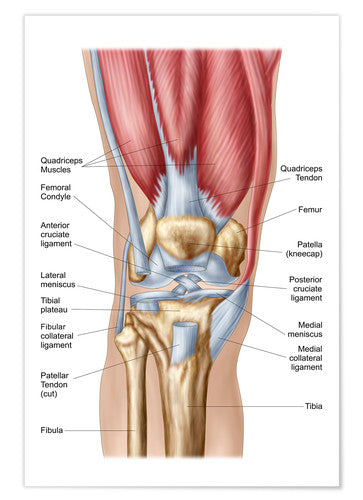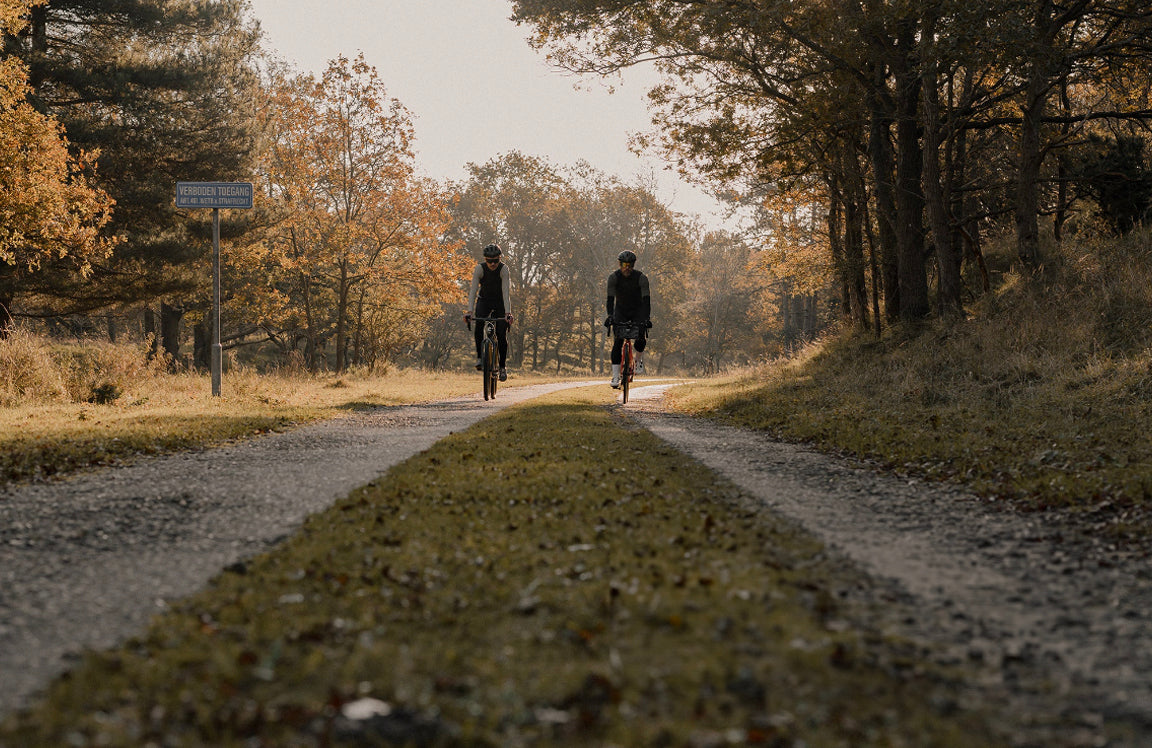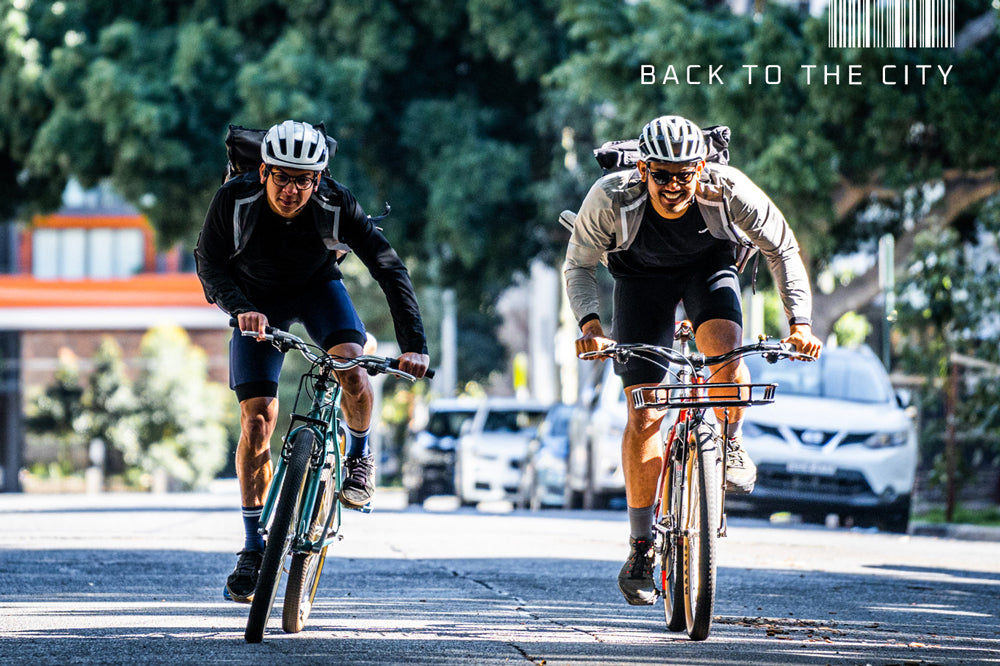Cycling knee pain ManagementTips & Tricks
Words: Scott Macallister & Charlie Coquillard / Pictures: Charlie Coquillard
Part 1 | soomom's pain management for cyclists series
With EJ Macdonald | Exercise Scientist
Introduction
Want to improve your pedalling power?
Then it’s important to make sure you’re protecting, and strengthening, your knees as all of your effort is exerted through the knee joint.
One of the most frequent, and most frustrating, injuries for cyclists is knee pain.
Being a low-impact sport people assume the knees are spared during exercise.
However, a variety of injuries and niggles arise through the repetitive motion and restricted range of motion of cycling.

Hey I'm E.J
I'm a former World championship athlete and an exercise Scientist from the university of Wollongong.
I am currently working with cycling team : Team Bridgelane.
I have teamed up with Soomom apparel to create a series of 3 episodes, targeted at preventing and treating common pain cyclists experience, namely knee, back and neck pain.
By giving you access to a comprehensive series of exercise, I hope to keep you healthy on the bike!
Read more about how EJ trains and what it takes for female riders to reach the next level in their cycling.
Does cycling cause knee pain?
Cycling by itself is not a direct cause of knee pain.
Knee pain related to cycling always has a root cause that triggers the pain you feel.
We will dive into the details below on the most common causes of cycling related knee injury and what you can do to manage it.
How does knee structure impact injury?
Before we dive into the details it’s important to form a basic understanding of what lies beneath the skin and the structures involved when we talk about knee pain.
In the simplest terms, the knee joint acts as a hinge between your hamstrings, which bend the knee, and the quadriceps, which extends as you straighten the leg.
The patella (kneecap) sits right on top of this hinge acting as a pulley to increase the force a cyclist generates through the quadriceps, which leads to increased pedalling efficiency.
Understanding the structure of the knee is vital to its protection, and treatment, and avoiding damage while ensuring recovery is targeted and successful.
Keep reading to learn more about how cycling knee pain can be overcome with some simple, quick exercises.

The relationship between the knee cap, quadriceps tendon & surrounding major muscle groups is key to maintaining healthy knee alignment, pedaling power & efficiency, while avoiding long term damage.
What We’ll Cover in this Article
- Most common causes of cycling knee pain
- How to avoid knee pain from cycling
- Stretches & Exercises for cycling knee pain (golden stretches & exercises)

Understanding the structure of the knee is vital to its protection, and treatment, and avoiding damage while ensuring recovery is targeted and successful.
Most common causes of Cycling Knee Pain
The most common type of knee discomfort for cyclists is described as pain in the front of the knee around the kneecap.
This is also known as patellofemoral pain. There’s 2 categories we explore when we look at what could be causing knee pain for cyclists.
There's discomfort caused by incorrect bike fit, and issues with muscle strength and flexibility.
Bike Fit & Equipment
Bike fit is extremely important if you are planning on spending long periods on the saddle.
Ensuring you have considered your equipment is right for you, fits correctly without being too tight or too loose and doesn’t cause discomfort after long use is vital.
The 3 most likely equipment or rider faults that could be causing your knee pain are:
- Cleat Alignment
- Saddle Position
- Pedalling Action
It's important to get professional help if you need it to setup your bike correctly. There are also many DIY tips and videos online to help set up your bike correctly for your body type.
This article will focus on the second leading driver or knee pain in cyclists, poor strength and flexibility.
Incorrect bike fit can also affect other areas of the body, we have covered cycling back pain and cycling neck pain also as part of this series.
Misaligned Pedalling Action due to Muscle Tightness
Anterior knee pain is generally caused by tightness of the quadriceps or iliotibial band (a fibrous tissue that runs down the side of your leg), resulting in misalignment of the patella when pedalling.
If you imagine stretching an elastic band around a stick, at some point the stick will give and snap.
This occurs each pedal stroke if one side of the knee is tighter than the other.
It pulls the patella in the wrong direction so it no longer tracks in a straight line and fails to “bend” correctly.
You can follow the exercises below to ensure you maintain the full range of motion in your knee and pedalling stroke.
Poor Flexibility & Strength in the Hamstring & Quadriceps
A combination of tight quadriceps, along with weak gluteal muscles, is another common cause of knee pain for cyclists.
While your quadriceps is pulling the kneecap away, the opposing hamstring and glutes are not strong enough to maintain full alignment and keep the knee straight.
This results in the knees pointing outwards during each pedal stroke as compensation for the decreased flexibility in the joint.
It results in decreased efficiency and power in your pedal strokes as you overexert yourself on the downward pedal, causing further damage when the knee is already misaligned.
Although treated early it’s a relatively quick fix, if left alone it causes longer term damage to the meniscus or cartilage within your knee.
If you ever find yourself pointing your knees outwards to avoid pain, especially as you fatigue, it’s important to assess if your muscle weakness is a cause.
Follow the short strengthening program below consistently and you’ll notice decreased knee pain and improved pedaling power.
How to avoid knee pain from cycling
Prevention is always better than the cure so it’s important to ensure you’ve covered all bases before jumping on the bike if you have recently experienced knee pain.
Again, we want to ensure you cover all bases. So that means checking your bike fit as soon as possible before starting your treatment routine.
Bike Fit
First things first, let’s address whether your bike fit is correct right upfront.
There’s no point putting time and effort into strength and flexibility only to jump back on an incorrectly fitted bike and undo that hard work.
Anterior knee pain often arises from the saddle being too low and too far forward, or from cranks that are too long.
This causes extra force to be directed over the front of the knee due to an incorrect angle during the downward stroke.
Checkout our bike fit series to learn how you can make sure your setup is perfect for your body's individual needs.
Once these foundations are addressed, the next step is to treat the tightness of muscles through foam rolling and stretching.
Stretching
The main muscles to pay attention to when stretching are the quads, hip flexors, and glutes.
For recovery purposes stretching each muscle group for 30 seconds to 1 minute each after each ride is enough.
However, during rehabilitation phases that may need to be increased to 2-3 times daily.
It's important to note that stretching for less than 15 seconds is not overly effective as the muscle takes roughly 20 seconds to fully relax.
With a good stretching program in place it’s important to introduce foam rolling, or regular massage treatments if that’s a viable option for you.

Ensure you spend time releasing your hamstrings and glutes through stretching

Example of a stretch to release your hip flexor and quads post ride
Foam Rolling
With the muscle loose from stretching, foam rolling straight after can help reduce tightness, inflammation, and increase muscle length in targeted areas.
Focusing once again on the quadriceps, inside of your thigh and IT band, the aim is to apply pressure in one long smooth progressive push.
It’s a common habit for people to rush this step. This results in lightly flushing the muscle fibres rather than getting deep into the muscle layers.
Home objects such as tennis balls can also be great for getting into smaller, specific areas of tightness.


Foam rolling after stretching is important in maintaining muscle length in targeted zones. With longer muscles and a greater range of motion your body's increased flexibility will help it avoid chronic injuries.
Stretches & Exercises for cycling knee pain
So how do we prevent knee pain from recurring after treatment?
With the correct bike fit and a stretching and foam rolling plan in place we want to add in a strengthening program.
The goal of the strengthening program will be to release tight quadriceps, strengthen the gluteal muscles and loosen up tight hip flexors.
We will target these areas through three phases;
- Phase One; Strengthen Your Glutes
- Phase Two; Increase Hip Range of Motion
- Phase Three; Release Your Quads
Phase One; Strengthen Your Glutes
Your gluteal muscles are a key component for pedalling strength in combination with the quadriceps and calves.
Weak glutes compromise your power, speed, and endurance so cyclists who want to perform must build strength in this area.
Big movements like squats and deadlifts are great for top end power.
However, for intrinsic and neuromuscular coordination it’s crucial at early stages to build strong recruitment pathways that are needed to engage those big muscles when cycling.
To build glute strength, incorporate these four exercises into a daily routine;
Glute Bridge

Crab Walk with TheraBand

Standing Glute Kickbacks with Band

Bird Dog

Phase Two; Increase Hip Range of Motion
Your hip range of motion is key in providing power and efficiency to every pedal stroke.
Tight or compressed hip flexors lead to lower back and knee pain, and they restrict mobility at the top and bottom of your pedal stroke.
This reduces your energy efficiency, position, and agility on the bike, as well as power output.
To build better a better range of motion in your hip incorporate these exercises to your daily routine:
Pigeon Pose

Pretzel Stretch

Deep Lunge

Side Adductor Lunge

Phase Three; Release Your Quads
Finally we look at releasing your quadricep muscles that are responsible for delivering power and speed while cycling.
Overactive quadricep muscles can become stiff and tight when they should be responsive and strong.
This impacts their efficiency and limits your maximal force as they are unable to restore back to their optimal length.
The aim of these stretches is to release the quadriceps muscle so they can extend to their full range.
Aim to hold each stretch for 30-45 seconds before releasing to give the muscle the full opportunity to relax.
Take it slow at the beginning then gradually increase the time and range of each stretch. Incorporate these four exercises into your daily routine are;
Lying Quad Stretch

Twisted Kneeling Lunge

Reclined Quad Stretch

Kneeling Lunge

Conclusion
Knees are one of a cyclist's most used muscle zones and absorb a lot of force while you ride.
Make sure you tak discomfort and pain seriously when it occurs and that you take the time to assess how you can avoid long term problems.
EJ’s tips provide a great background for cyclists experiencing this common issue, but if pain persists always consult a medical profession directly.
Keep your eye out for more articles in this series as we aim to help cyclists conquer their bodies so they can keep conquering those climbs.
Checkout the full blog series here covering the key areas of pain management for cyclists.
Take a look at Soomom's blogs or follow us on Instagram for more in depth cycling news and tips.
More Stories
Cycling Brings Two Soomom Ambassadors Together
Social media can help you find people who share the same passion and connect with them. You can build these connections all over the world through our virtual playgrounds, but there are many cases where you can expand those horizons and really meet up in person.
Soomom X Mulga : Limited edition Artist series
Sydney Artist's Mulga loves to create funky and colorful animals, bringing joy to everyone passing by his art. Inspired by his coastal lifestyle, he brings a bright twist to some of the coolest specimens in the animal kingdom.
Back to the City
To celebrate the end of lockdown as people slowly head back to the city in Australia, Soomom wants to highlight an under-appreciated segment of the cycling fraternity: The Courier.



